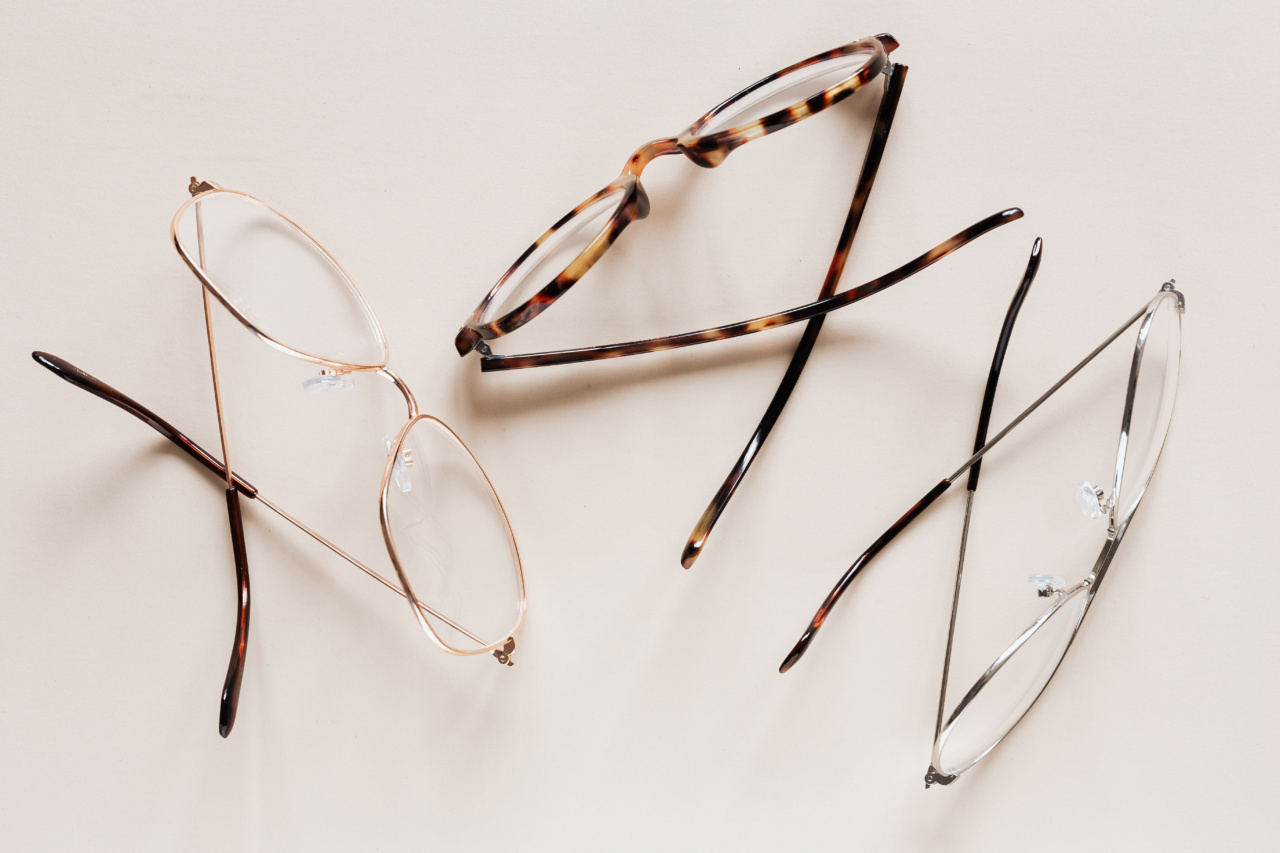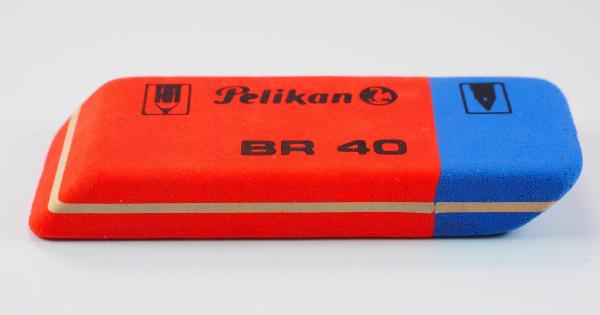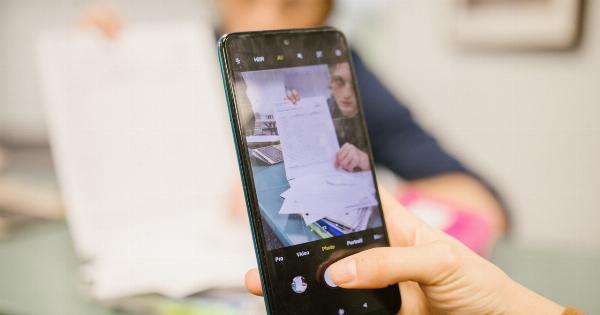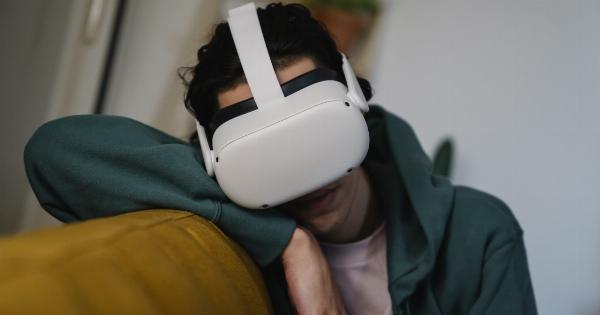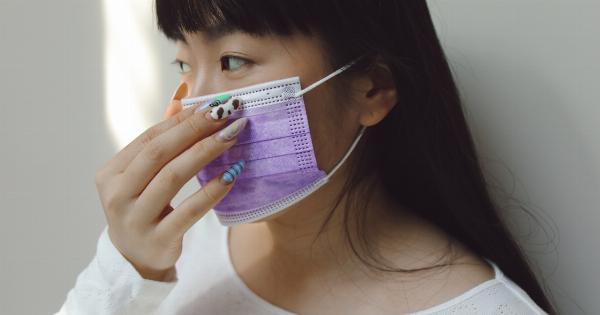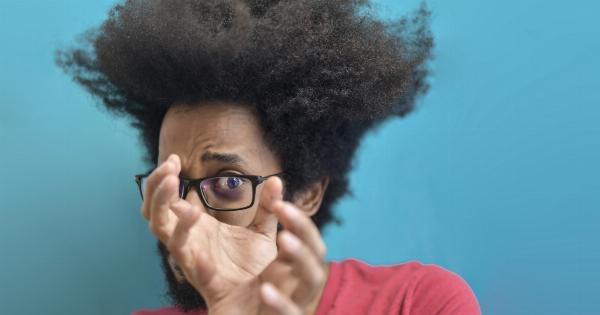Myopia, also known as nearsightedness, is a common eye condition that causes distant objects to appear blurry while close objects remain clear.
It occurs when the shape of the eye causes light rays to focus in front of the retina instead of directly on it. Myopia can develop gradually or rapidly during childhood and may continue to progress until early adulthood. Fortunately, there are several ways to correct myopia and achieve clearer vision.
In this article, we will explore 10 effective methods to address this condition.
1. Eyeglasses
Eyeglasses are the most common and readily available way to correct myopia. They have lenses that compensate for the eye’s refractive error, allowing light to properly focus on the retina and improve vision.
Prescription eyeglasses prescribe lenses specific to your degree of myopia, ensuring optimal clarity at different distances. Regular eye exams are crucial as the prescription may change over time, requiring adjustments.
2. Contact lenses
Contact lenses are an alternative to eyeglasses and provide a natural field of vision without the frames.
They sit directly on the eye’s surface, making them a great choice for those who don’t enjoy wearing glasses or engage in sports activities. Contact lenses can be daily disposables or reusable, requiring proper cleaning and maintenance. It is important to follow the instructions provided by your eye care professional to minimize the risk of infections or complications.
3. Orthokeratology
Orthokeratology, commonly referred to as Ortho-K, involves wearing specially designed gas-permeable contact lenses overnight. These lenses gently reshape the cornea while you sleep, temporarily correcting the myopia.
The effect lasts throughout the day, allowing clear vision without the need for glasses or lenses. Ortho-K is particularly advantageous for individuals who experience rapid progression of myopia. This method requires regular check-ups and lens replacement.
4. Refractive Surgery: LASIK
Refractive surgery is a surgical procedure that permanently reshapes the cornea to correct refractive errors. LASIK (Laser-Assisted in Situ Keratomileusis) is a popular refractive surgery technique used to correct myopia.
During LASIK, a laser is used to create a thin, hinged flap on the cornea. The underlying tissue is then reshaped to correct the myopic error, and the flap is repositioned. LASIK provides rapid vision improvement and a reduced reliance on glasses or lenses.
However, not everyone is a suitable candidate for LASIK, and the procedure carries certain risks and potential side effects.
5. Refractive Surgery: PRK
Photorefractive Keratectomy (PRK) is an alternative refractive surgery option suitable for individuals who may not qualify for LASIK. Unlike LASIK, which involves creating a corneal flap, PRK directly reshapes the cornea’s surface.
The outer layer of the cornea (epithelium) is gently removed, and a laser is used to reshape the underlying corneal tissue. PRK may have a longer recovery period compared to LASIK, but it can be an effective method to correct myopia.
6. Implantable Contact Lenses (ICL)
Implantable Contact Lenses (ICL) are surgically inserted into the eye to correct myopia. Unlike regular contact lenses, ICLs are placed behind the iris and in front of the natural lens.
They work in harmony with the eye’s natural lens to provide clearer vision. ICLs are a good option for individuals with high myopia or thin corneas, as they do not alter the corneal shape. The procedure is reversible, and the lenses can be removed or replaced if necessary.
7. Corneal Refractive Therapy (CRT)
Corneal Refractive Therapy (CRT) is a non-surgical method to temporarily correct myopia. CRT uses specially designed contact lenses to reshape the cornea overnight.
The lenses are worn while sleeping and removed upon waking, providing clear vision throughout the day. CRT is a suitable option for individuals who prefer not to wear glasses or lenses during the day. Similar to orthokeratology, regular lens replacement and follow-up appointments are necessary.
8. Vision Therapy
Vision therapy involves a series of doctor-supervised activities aimed at improving visual skills and abilities. It is commonly recommended for individuals with myopia along with other vision-related issues.
Vision therapy may include exercises, the use of specialized optical devices, and computer programs designed to enhance visual perception and reduce strain on the eyes. By strengthening the visual system, vision therapy can help manage myopia progression and improve overall visual comfort.
9. Atropine Eye Drops
Atropine eye drops contain a medication that dilates the pupil and temporarily paralyzes the eye’s focusing mechanism. By reducing the eye’s accommodative effort, atropine eye drops may help slow down myopia progression in children.
The drops are typically used at a low concentration to minimize side effects, such as sensitivity to light and near vision blur. Atropine eye drops should only be used under the supervision of an eye care professional.
10. Lifestyle Modifications
While lifestyle modifications cannot directly correct myopia, they can help manage and prevent its progression. Spending more time outdoors and reducing screen time may have a positive impact on myopia development, particularly in children.
The “20-20-20 rule,” which involves taking a 20-second break every 20 minutes to focus on an object 20 feet away, can also help reduce eye strain. Additionally, practicing good posture and maintaining a healthy diet rich in eye-healthy nutrients, such as vitamin A, may contribute to overall eye health.
